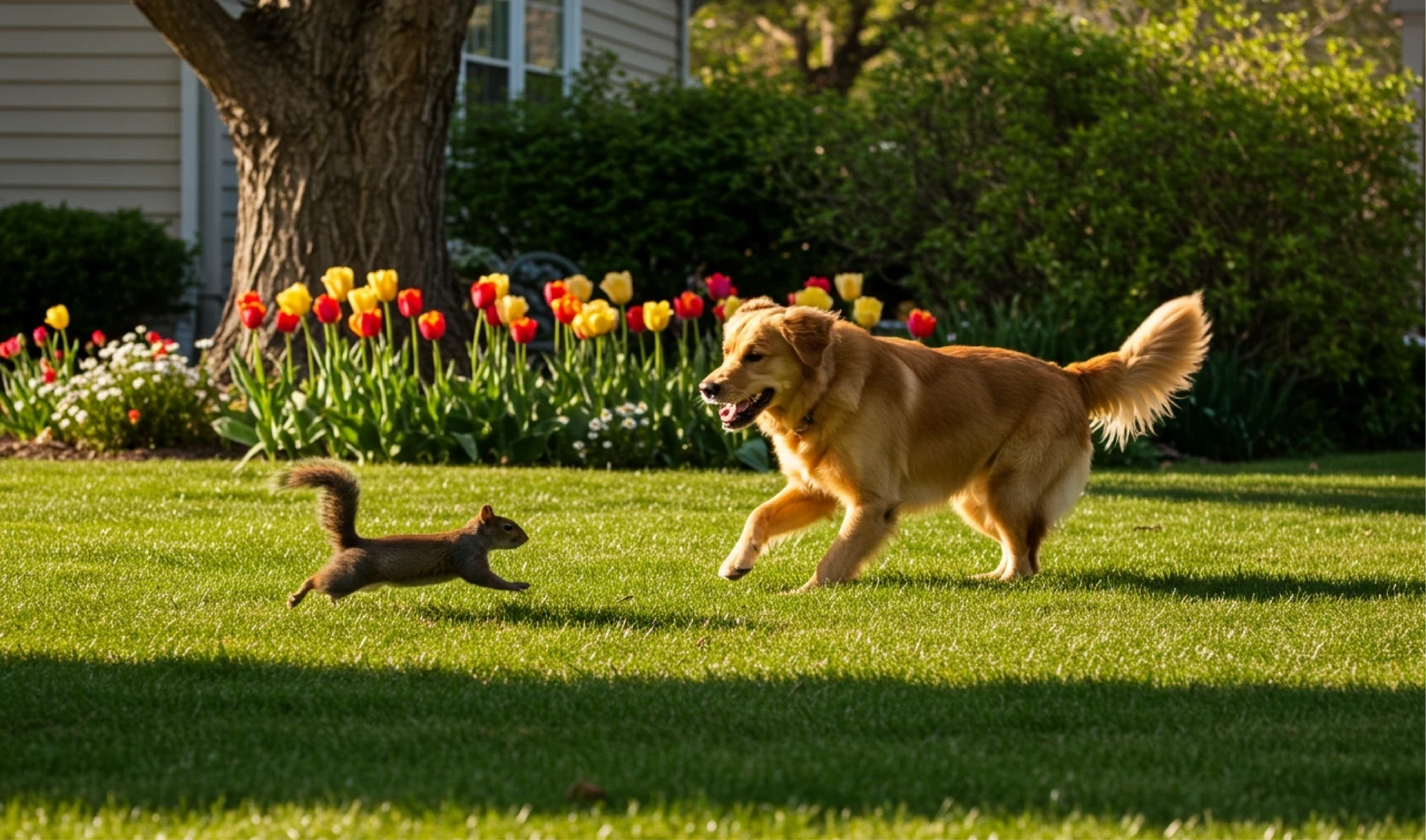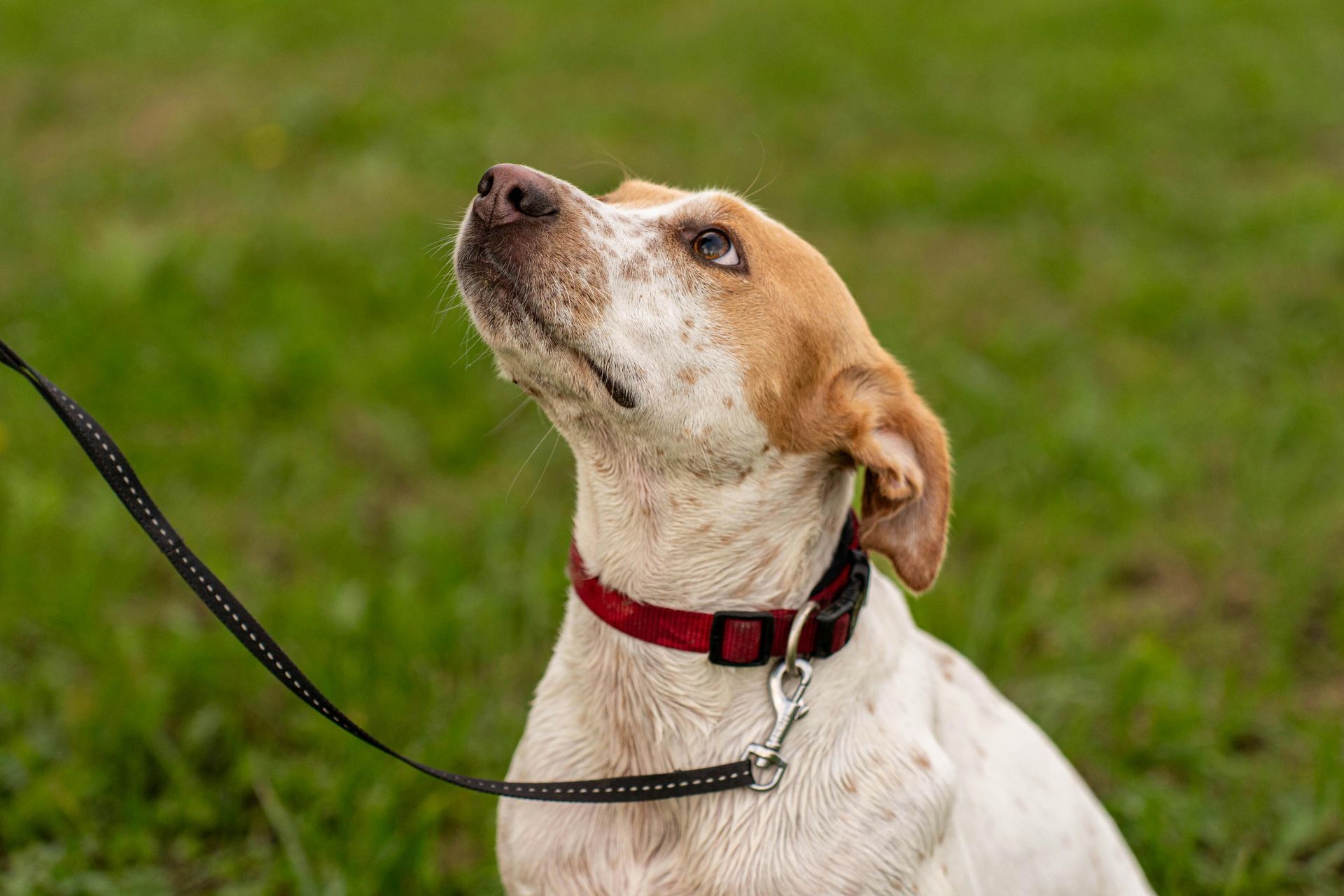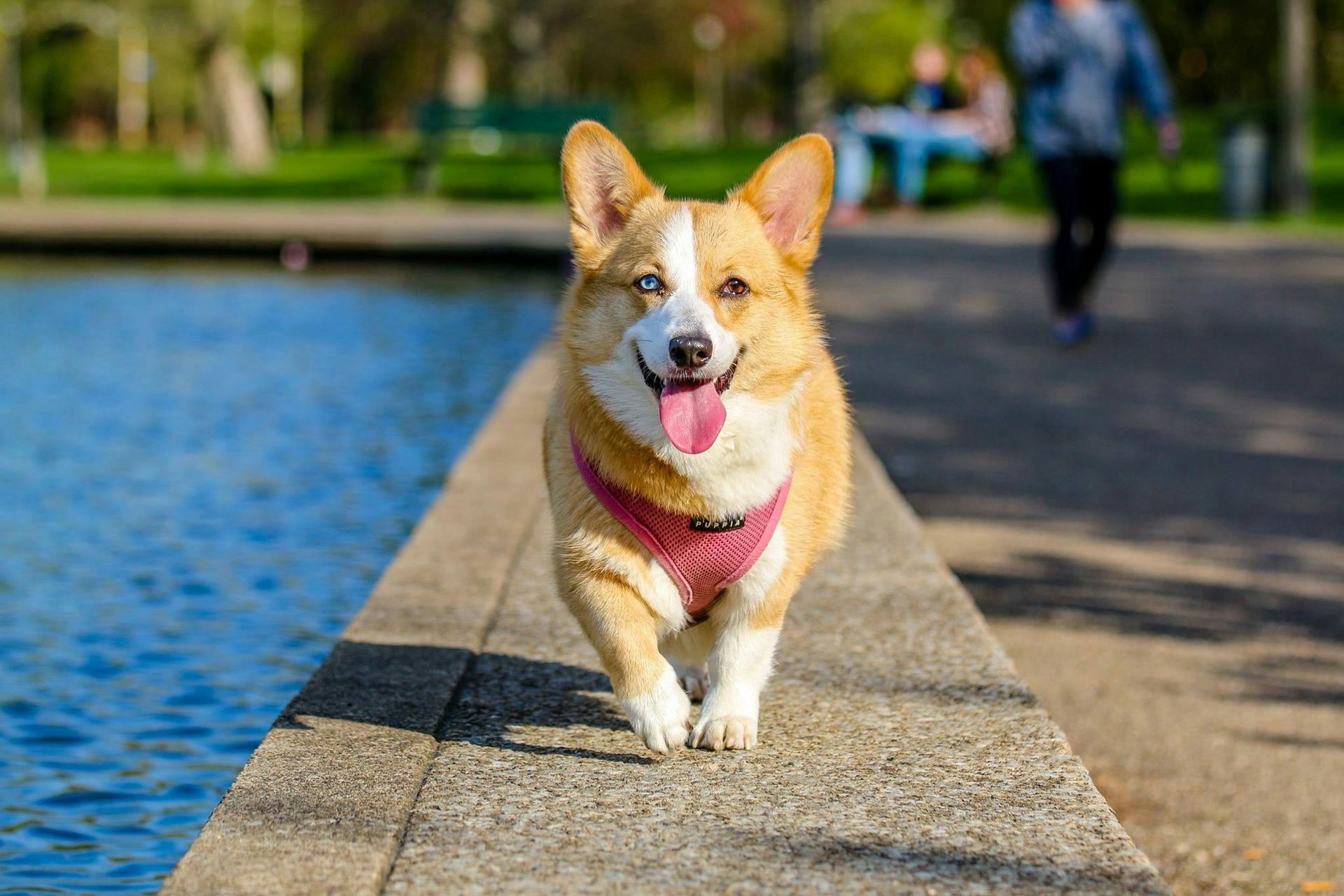The Value of Hand Signals in Dog Training
Strengthen Your Communication with Visual Cues
At Best By Farr Dog Training, we emphasize the importance of clear and consistent communication—and that goes beyond just the words you speak. Hand signals can be a powerful complement to verbal commands, enhancing your dog’s ability to understand, focus, and respond—especially in noisy environments, at a distance, or when dealing with hearing-impaired dogs.
What Are Hand Signals and Why Do They Matter?
Hand signals are deliberate visual gestures paired with commands to help your dog better interpret your expectations. Because dogs are naturally skilled at reading body language, visual cues can actually be more effective than verbal ones alone.
Benefits of Hand Signal Training:
- Improves reliability in distractions: Dogs often struggle to hear commands in busy or noisy areas. Hand signals give them another way to understand what you want.
- Essential for deaf or older dogs: Visual communication keeps training accessible as dogs age or if they lose hearing.
- Builds focus and attention: Training with signals naturally encourages more eye contact and engagement.
- Improves off-leash control: When your dog is farther away, hand signals allow you to communicate effectively even without shouting.
Common Hand Signals to Start Using:
- Sit – Palm up, moving upward from waist
- Down – Flat palm moving toward the ground
- Stay – Open hand facing the dog, like a “stop” sign
- Come – Sweep your arm in toward your chest
- Heel – Pat your thigh or motion to your side
Best Practices for Teaching Hand Signals:
- Pair with verbal cues first: Use the signal and the word together until your dog understands both.
- Be consistent: Changing the gesture will only confuse your dog—stick with the same motion every time.
- Practice in short, focused sessions: Repetition builds memory and confidence.
- Reward promptly: Reinforce correct behavior with high-value treats or praise.
- Generalize the skill: Train in different settings so your dog doesn’t only respond at home.
Incorporating hand signals into your training routine deepens communication and gives your dog the tools they need to succeed in a variety of settings. At Best By Farr Dog Training, we teach both verbal and visual cues as part of a balanced approach to obedience, helping you build a stronger bond with your dog—one gesture at a time.


